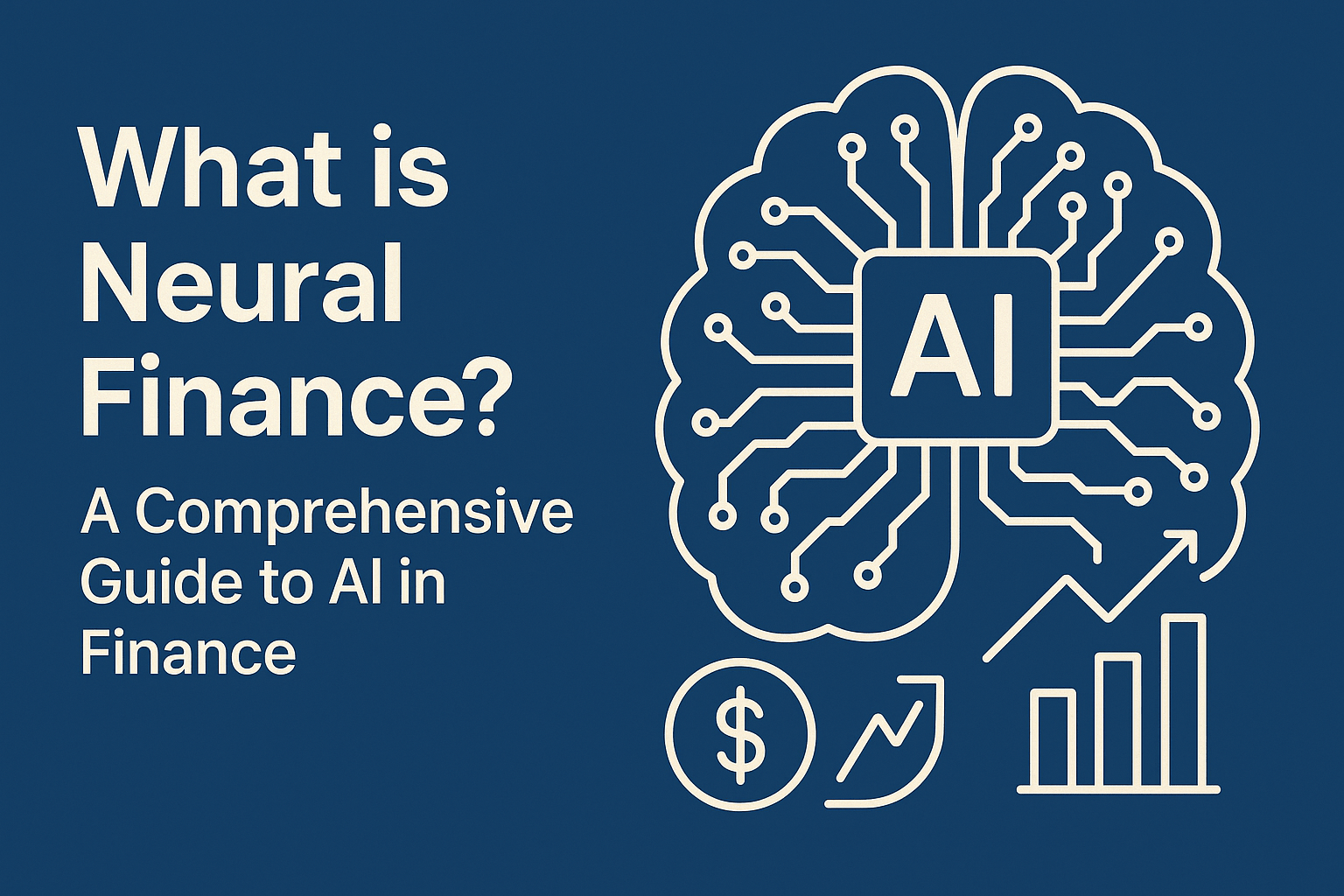In today’s rapidly evolving financial landscape, technology is reshaping how we understand and interact with markets. One of the most transformative innovations is neural finance, a field that combines artificial intelligence (AI) and neural networks to revolutionize financial analysis, trading, and investment strategies. But what exactly is neural finance, and how does it work? At Flourish Life, we’re passionate about helping you navigate the world of finance with clarity and confidence. In this guide, we’ll break down neural finance, explore its applications, and explain why it’s becoming a game-changer in the financial industry.
Defining Neural Finance

Neural finance refers to the use of neural networks—AI systems inspired by the human brain—to process and analyze financial data. These networks excel at identifying patterns, predicting outcomes, and adapting to complex, non-linear market dynamics. Unlike traditional financial models that rely on fixed assumptions, neural finance leverages machine learning to uncover hidden relationships in data, making it ideal for tasks like stock forecasting, risk assessment, and algorithmic trading.
According to Investopedia, neural networks mimic human cognitive processes by processing vast datasets through interconnected nodes, enabling them to learn and improve over time. In finance, this capability translates to more accurate predictions and smarter decision-making, even in volatile markets.
How Neural Finance Works
Neural networks in finance operate by analyzing large volumes of data, such as stock prices, economic indicators, news sentiment, and historical trends. Here’s a simplified overview of the process:
- Data Input: Neural networks ingest diverse datasets, including numerical data (e.g., market prices) and unstructured data (e.g., financial news).
- Pattern Recognition: The network identifies patterns and correlations, learning from historical data to understand market behavior.
- Prediction and Optimization: Using these insights, the system forecasts future trends, optimizes portfolios, or executes trades.
- Continuous Learning: As new data becomes available, the network refines its models, improving accuracy over time.
ScienceDirect highlights that advanced neural network architectures, like Recurrent Neural Networks (RNNs) and Transformers, are particularly effective for stock forecasting due to their ability to handle time-series data. This adaptability makes neural finance a powerful tool for navigating complex financial environments.
Key Applications of Neural Finance
Neural finance is transforming multiple aspects of the financial industry. Here are some of its most impactful applications:
1. Stock Market Forecasting
Neural networks analyze historical price movements, trading volumes, and external factors like geopolitical events to predict stock prices. Forbes notes that AI-driven tools can improve investment returns by up to 20% through enhanced predictive accuracy.
2. Algorithmic Trading
High-frequency trading powered by neural finance executes trades at lightning speed, capitalizing on market inefficiencies. These systems outperform traditional methods by reacting to real-time data with precision.
3. Risk Management
By detecting anomalies and forecasting risks, neural networks help investors and institutions mitigate losses. For example, they can identify potential market downturns or credit risks before they materialize.
4. Portfolio Optimization
Neural finance optimizes asset allocation by balancing risk and reward based on an investor’s goals. It dynamically adjusts portfolios to maximize returns in changing market conditions.
5. Sentiment Analysis
Neural networks process unstructured data, such as social media posts and financial news, to gauge market sentiment. This helps predict how public opinion might influence asset prices.
Nature emphasizes that neural networks’ ability to handle non-linear data makes them uniquely suited for these tasks, offering insights that traditional models often miss.
Benefits of Neural Finance
Neural finance offers several advantages over conventional financial approaches:
- Enhanced Accuracy: Neural networks uncover complex patterns, leading to more reliable predictions.
- Adaptability: They adjust to new data, ensuring relevance in dynamic markets.
- Automation: Tasks like trading and portfolio management are streamlined, reducing human error.
- Scalability: Neural networks can process massive datasets, making them suitable for large-scale financial operations.
However, as NeuralFinance.ai points out, neural finance is not a magic bullet. It requires high-quality data and expert oversight to avoid overfitting or misinterpretation of market signals.
Challenges and Limitations
While neural finance is powerful, it’s not without challenges:
- Data Dependency: Neural networks rely on accurate, comprehensive data. Poor data quality can lead to flawed predictions.
- Complexity: Designing and training neural networks requires significant expertise and computational resources.
- Interpretability: Neural networks are often described as “black boxes,” making it hard to understand how they arrive at certain conclusions.
- Market Efficiency: Some argue that widespread use of neural finance could reduce market inefficiencies, limiting opportunities for outsized returns.
Despite these hurdles, ongoing advancements in AI are addressing these issues, making neural finance more accessible and reliable.
The Future of Neural Finance
The future of neural finance is bright, with innovations like large language models (LLMs) and Graph Neural Networks (GNNs) pushing the boundaries of what’s possible. ScienceDirect reports that LLMs are being explored for their ability to integrate textual data, such as earnings reports, into predictive models, while GNNs excel at modeling relationships between assets.
As AI adoption grows, neural finance will likely become a standard tool for investors, financial institutions, and policymakers. It could democratize access to sophisticated financial strategies, enabling individuals to make data-driven decisions with confidence.
Why Learn About Neural Finance?
Understanding neural finance is essential for anyone interested in modern finance. Whether you’re an investor, a financial professional, or simply curious about technology’s impact on markets, neural finance offers insights into how data and AI are reshaping wealth creation. By staying informed, you can better navigate the opportunities and risks of this transformative field.
At Flourish Life, we’re committed to empowering you with knowledge about cutting-edge financial trends like neural finance. Explore our blog for more insights, and stay tuned for resources to help you thrive in the evolving world of finance. 📚 https://florishlife.com/blog.
